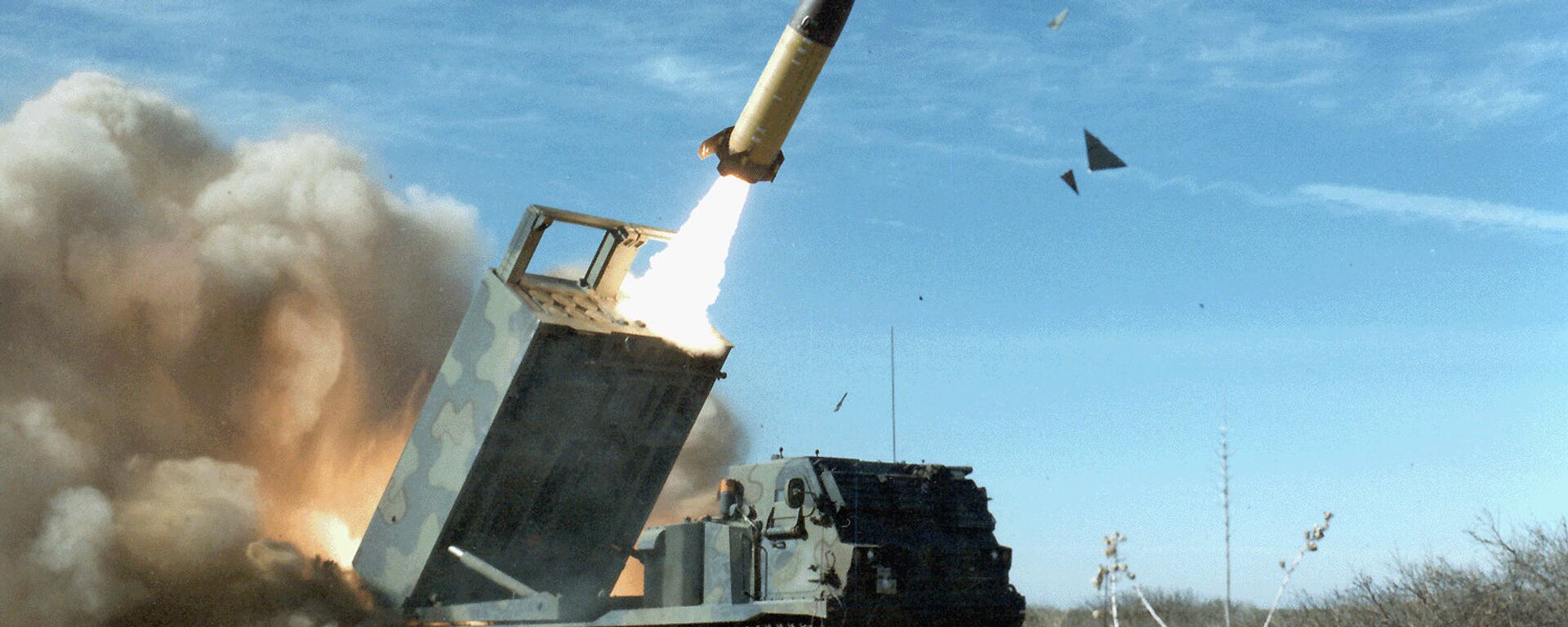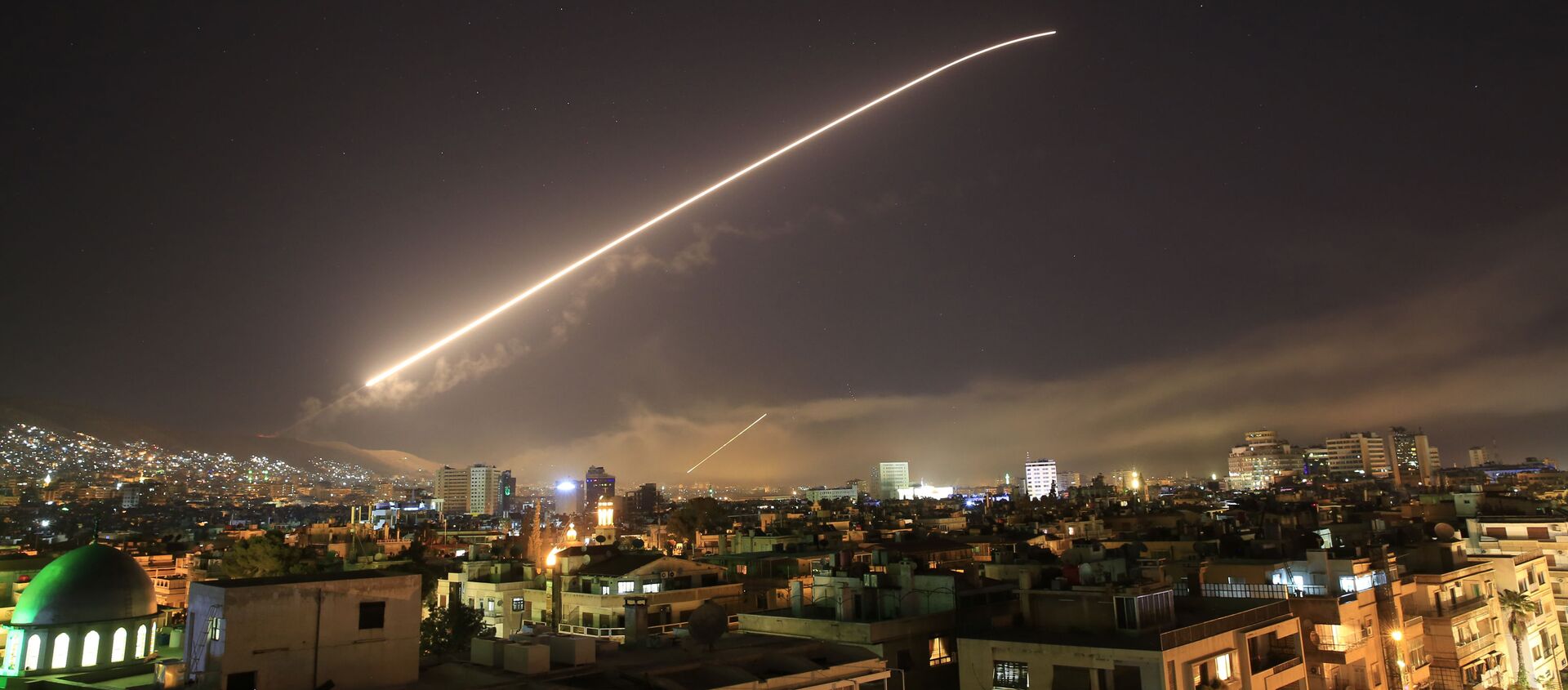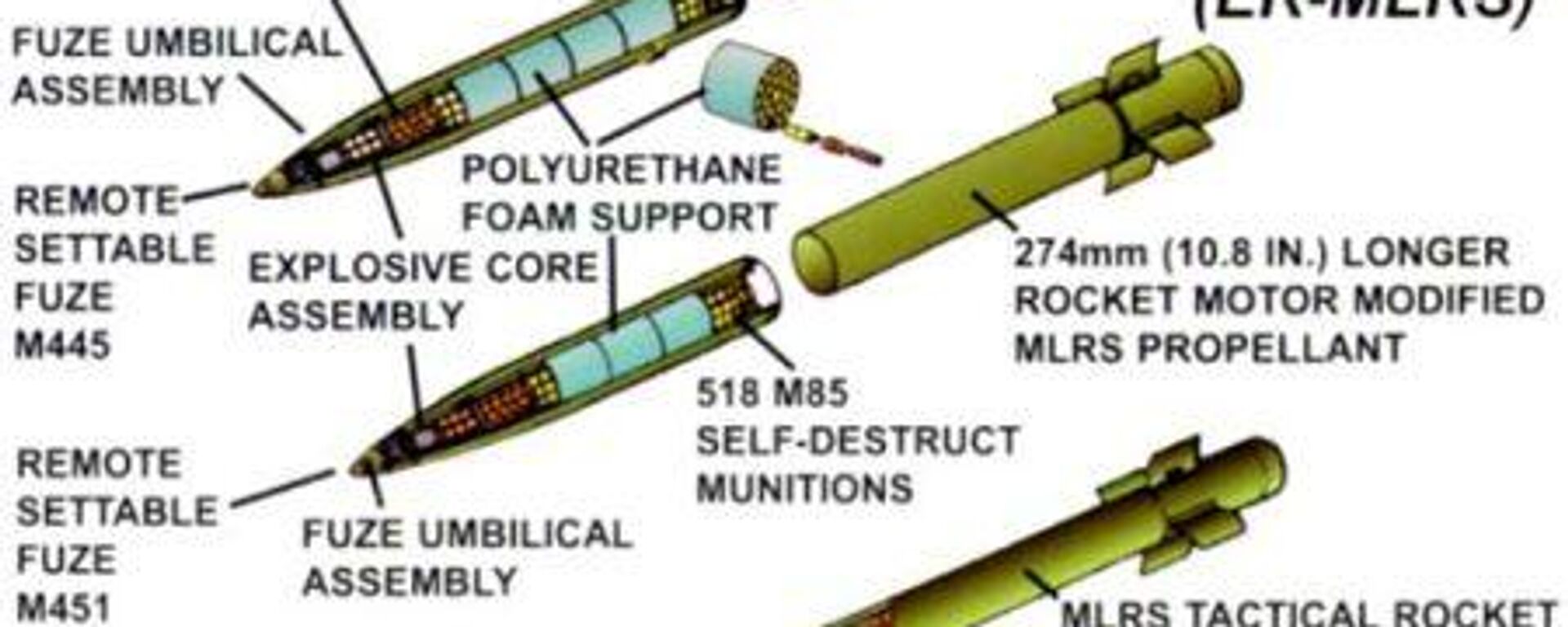https://sputnikglobe.com/20231206/pantsir-russias-air-defense-system-gets-upgrades-making-it-leaner-meaner-fighting-machine-1115431506.html
Pantsir: Russia’s Air Defense System Gets Upgrades Making It Leaner, Meaner Fighting Machine
Pantsir: Russia’s Air Defense System Gets Upgrades Making It Leaner, Meaner Fighting Machine
Sputnik International
The makers of Russia’s Pantsir (lit. ‘Carapace’ or ‘Shell’) self-propelled combined surface-to-air missile/anti-aircraft artillery systems have completed the delivery of the 2023 defense order ahead of schedule, and fitted them out with a number of upgrades. What specifically might the upgrades include? Sputnik searched through reports for details.
2023-12-06T16:35+0000
2023-12-06T16:35+0000
2023-12-06T17:49+0000
military
russia
ukraine
military & intelligence
syria
nato
rostec
pantsir-s2
tunguska
pantsir-sa
https://cdn1.img.sputnikglobe.com/img/107712/93/1077129349_0:56:3148:1827_1920x0_80_0_0_b747910dda052b4d7fefb40e3e976bdb.jpg
Air-defense system maker High Precision Systems has completed the delivery of an undisclosed number of the Pantsit mobile air defense platforms to the Russian militaryThe firm has been working overtime to ramp up supplies to provide troops with the much-needed tools to provide air cover against Ukrainian drone, ballistic and cruise missile attacks.Rostec, High Precision Systems’ parent, said in a statement on Tuesday that the new Pantsir differs from the base model, with modifications based on the experiences gained by air defense troops operating in the special military operation in Ukraine.Rostec did not elaborate on the nature of the improvements. But based on previous experience and reporting, Sputnik has a few ideas of what upgrades the company may have been talking about.What is the Pantsir?The Pantsir is a unique air defense system with the ability to fire both medium-range anti-missile missiles and 30 mm caliber twin anti-aircraft guns. The former can target enemy projectiles between 1.2 and 20 km away, while the latter have a maximum firing range of up to 4 km.The Pantsir’s design origins also go back to the Soviet period, although development work was only completed only in the mid-1990s — at the height of Russia’s post-Soviet economic downturn and defense-related budget cuts. The system languished for over a decade and a half before being introduced into service in 2012. In 2015, an upgrade known as the Pantsir-S2 was introduced, featuring longer-range missiles (capable of engaging enemy targets up to 30 km away) and an improved radar (improving detection range from 36 km to 40 km+) was fielded.Several other variants exist, including the Pantsir-SA, a missile-only variant of the Pantsir unveiled in 2020 and designed to operate in Arctic conditions, and the Pantsir-SM, which features an improved radar station that increases the system’s targeting range to 40 km and its detection range to 75 km.Pantsir vehicles are meant to complement a dense, multi-layered air and missile defense system which includes other, shorter-range platforms like the ZSU-23-4 Shilka anti-aircraft gun, longer-range missile-based systems like the S-300 and S-400, and electronic warfare tools like the Polye-21.The Pantsir is in service with Russia’s Aerospace Forces, the Navy and the Air and Missile Defense Troops, and have also been exported extensively to countries including Algeria, Iraq, Iran, the United Arab Emirates, Oman, Serbia, Syria, and Ethiopia.The system has been used in conflicts ranging from Syria, where they have been deployed to help defend the country against terrorist drones and aggression launched by Israel, the United States, France and Britain, to Libya, where they are operated by the Libyan National Army and reportedly delivered by the UAE, to Ukraine, where they have been used by Russia to protect against an array NATO projectiles.What Modifications to the Pantsir Do We Already Know Of?The Pantsir's use in Ukraine offers important clues on the kinds of upgrades one might expect in the newly built systems being rolled out by High Precision Systems.This summer, Sputnik reported on the system's successful use against HIMARS rockets and low visibility Storm Shadow cruise missiles — thanks to Russian engineers’ successful reverse engineering of the NATO weapons to discover their control systems’ frequencies and to new thermal imagers and updated software installed in existing Pantsir models.With the Pantsir successfully adopted to destroy virtually an aerial threat Ukraine and its NATO sponsors can throw at it, Russian arms makers' main goal now will be to build enough of them to set up a truly impenetrable air defense ‘shell’ that fully covers both Russian forces on the front lines, and civilian settlements in the hinterlands — a favorite target of Ukraine's military not just since February 2022, but since Kiev launched its punitive operation in the Donbass in the spring of 2014.
https://sputnikglobe.com/20231018/russian-air-defenses-well-adapted-to-taking-out-aged-atacms-missiles-us-gave-to-ukraine-1114299944.html
https://sputnikglobe.com/20180414/syria-air-defense-forces-analysis-1063558487.html
https://sputnikglobe.com/20230717/reverse-engineering-in-action-russia-finds-himars-weak-spot-1111940155.html
russia
ukraine
syria
Sputnik International
feedback@sputniknews.com
+74956456601
MIA „Rossiya Segodnya“
2023
News
en_EN
Sputnik International
feedback@sputniknews.com
+74956456601
MIA „Rossiya Segodnya“
Sputnik International
feedback@sputniknews.com
+74956456601
MIA „Rossiya Segodnya“
ukraine, russia, pantsir, air defense, missile defense, artillery, gun, missile, bomb, drone, cruise missile, ballistic missile, analysis
ukraine, russia, pantsir, air defense, missile defense, artillery, gun, missile, bomb, drone, cruise missile, ballistic missile, analysis
Pantsir: Russia’s Air Defense System Gets Upgrades Making It Leaner, Meaner Fighting Machine
16:35 GMT 06.12.2023 (Updated: 17:49 GMT 06.12.2023) The makers of Russia’s Pantsir (literally ‘Carapace’ or ‘Shell’) self-propelled combined surface-to-air missile and anti-aircraft artillery systems have completed the delivery of the 2023 defense order ahead of schedule, and fitted them out with a number of upgrades. What are they? Sputnik explains.
Air-defense system maker High Precision Systems has completed the delivery of an undisclosed number of the Pantsit mobile air defense platforms to the Russian military
The firm has been working overtime to ramp up supplies to provide troops with the much-needed tools to provide air cover against Ukrainian drone, ballistic and cruise missile attacks.
Rostec, High Precision Systems’ parent, said in a statement on Tuesday that the new Pantsir differs from the base model, with modifications based on the experiences gained by air defense troops operating in the special military operation in Ukraine.
“Improvements were introduced into the complex to increase the efficiency of its work against UAVs, complex projectiles and long-range missiles. The results of the system’s use in combat has shown the correctness of the previously made design decisions,” the company said.
Rostec did not elaborate on the nature of the improvements. But based on previous experience and reporting, Sputnik has a few ideas of what upgrades the company may have been talking about.
The Pantsir is a unique air defense system with the ability to fire both medium-range anti-missile missiles and 30 mm caliber twin anti-aircraft guns. The former can target enemy projectiles between 1.2 and 20 km away, while the latter have a maximum firing range of up to 4 km.
The systems’ twelve onboard two-stage solid fuel missiles accelerate to up to 1,300 meters per second to engage targets flying up to 1,000 meters/second, and feature a 20 kg warhead designed to blast large enemy projectiles like fixed wing aircraft, missiles and large drones from the sky. The 30 mm guns are modernized 2A38M remote automatic cannon, a tried-and-tested short-range weapon that is also installed in the 2K22 Tunguska self-propelled anti-aircraft gun and missile system, which made its debut in the early 1980s.
The Pantsir’s design origins also go back to the Soviet period, although development work was only completed only in the mid-1990s — at the height of Russia’s post-Soviet economic downturn and defense-related budget cuts. The system languished for over a decade and a half before being introduced into service in 2012. In 2015, an upgrade known as the Pantsir-S2 was introduced, featuring longer-range missiles (capable of engaging enemy targets up to 30 km away) and an improved radar (improving detection range from 36 km to 40 km+) was fielded.

18 October 2023, 18:49 GMT
Several other variants exist, including the Pantsir-SA, a missile-only variant of the Pantsir unveiled in 2020 and designed to operate in Arctic conditions, and the Pantsir-SM, which features an improved radar station that increases the system’s targeting range to 40 km and its detection range to 75 km.
Pantsir vehicles are meant to complement a dense, multi-layered air and missile defense system which includes other, shorter-range platforms like the ZSU-23-4 Shilka anti-aircraft gun, longer-range missile-based systems like the S-300 and S-400, and
electronic warfare tools like the Polye-21.
The Pantsir is in service with Russia’s Aerospace Forces, the Navy and the Air and Missile Defense Troops, and have also been exported extensively to countries including Algeria, Iraq, Iran, the United Arab Emirates, Oman, Serbia, Syria, and Ethiopia.
The system has been used in conflicts ranging from Syria, where they have been deployed to help defend the country against terrorist drones and aggression launched by Israel, the United States, France and Britain, to Libya, where they are operated by the Libyan National Army and reportedly delivered by the UAE, to Ukraine, where they have been used by Russia to protect against an array NATO projectiles.
What Modifications to the Pantsir Do We Already Know Of?
The Pantsir's use in Ukraine offers important clues on the kinds of upgrades one might expect in the newly built systems being rolled out by High Precision Systems.
This summer, Sputnik reported on the system's successful use against HIMARS rockets and low visibility Storm Shadow cruise missiles — thanks to Russian engineers’
successful reverse engineering of the NATO weapons to discover their control systems’ frequencies and to new thermal imagers and updated software installed in existing Pantsir models.
“The Pantsir S1 missile system is a mobile platform that provides point air defense,” former US Marine-turned geopolitical researcher and writer Brian Berletic
told Sputnik in a recent interview. “Throughout recent conflicts we’ve seen it intercept a number of munitions, from drones and cruise missiles to ballistic missiles and even HIMARS guided rockets. It is a testament to the capabilities of Russian air defense, acknowledged by even Western analysts as the best in the world.”
With the Pantsir successfully adopted to destroy virtually an aerial threat Ukraine and its NATO sponsors can throw at it, Russian arms makers' main goal now will be to build enough of them to set up a truly impenetrable air defense ‘shell’ that fully covers both Russian forces on the front lines, and civilian settlements in the hinterlands — a
favorite target of Ukraine's military not just since February 2022, but since Kiev launched its punitive operation in the Donbass in the spring of 2014.





